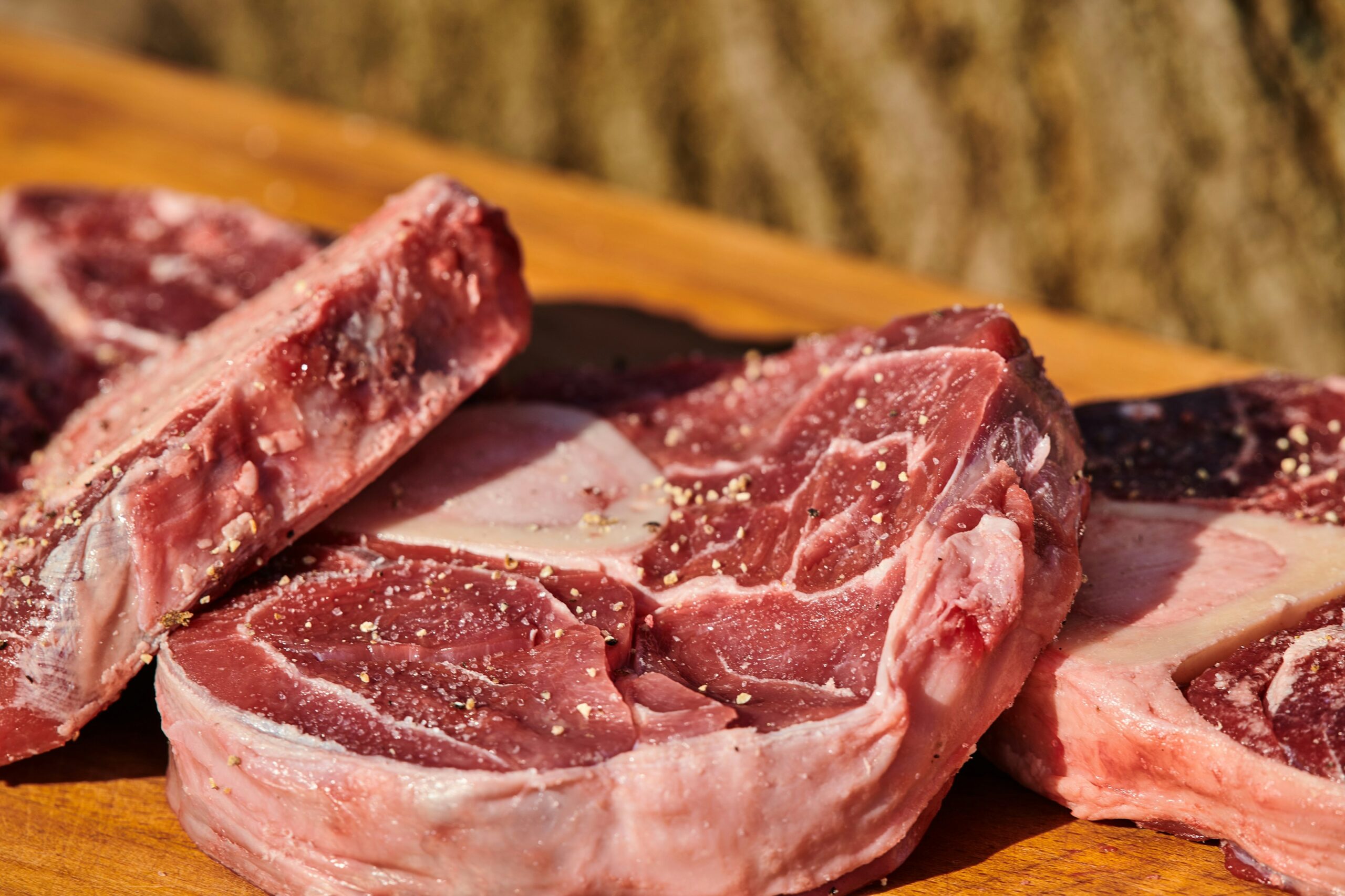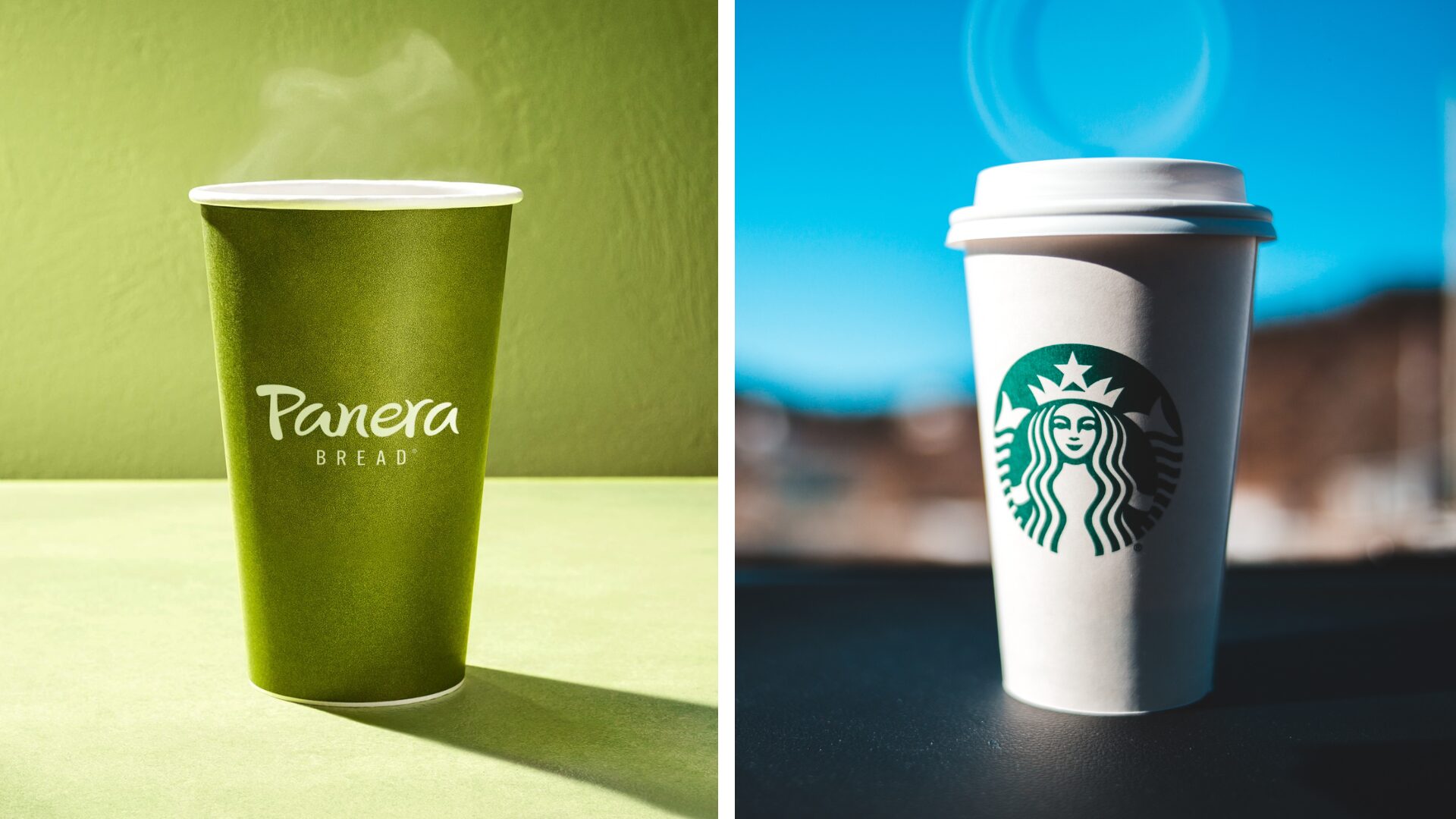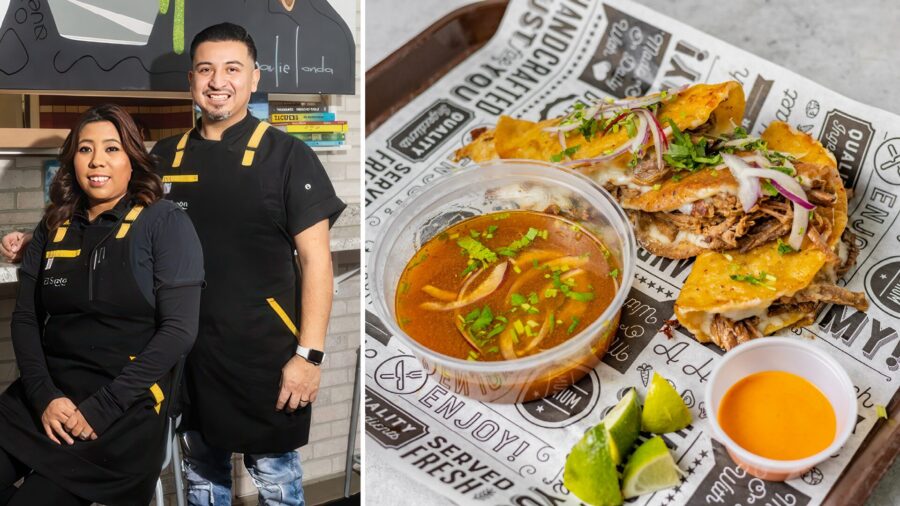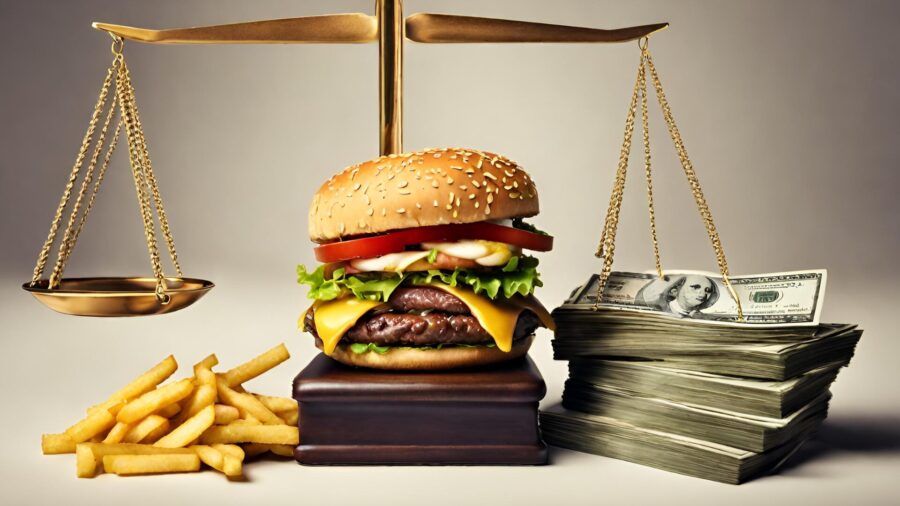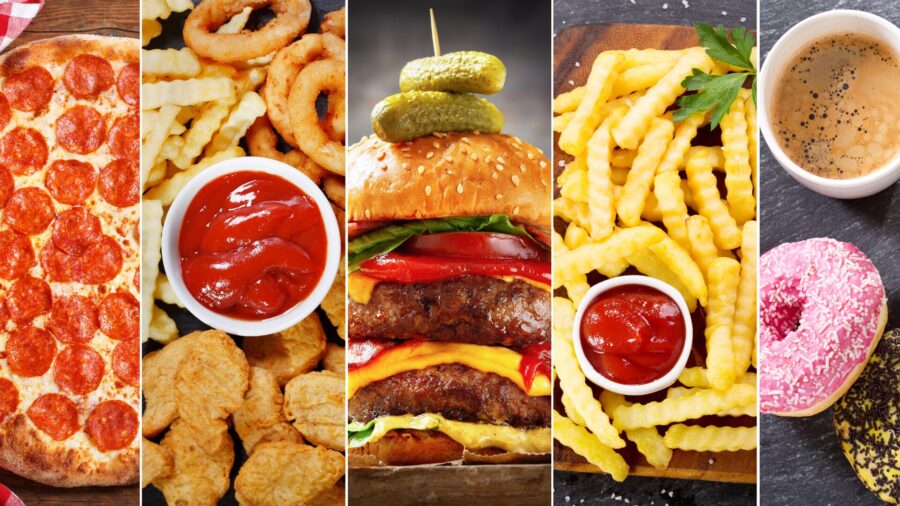Restaurant openings are returning to normal levels, but many are doing so with new formats, according to data from Yelp.
Pandemic-friendly restaurants are opening, debuting eateries with features such as large patios, spaced out tables, order ahead menus, and efficient service cuisine. Compared to third quarter 2019, Yelp observed an increase in brand new openings in the third quarter of 2020, nationally, for open air food services—such as food trucks. Pop-up restaurants and seafood markets also experienced an increase in openings from 2019.
In April, restaurants endured a large drop in new openings, but in May a rebound had already begun with a 29% average monthly increase of new restaurant openings from May to July. In August and September, new restaurant openings stayed relatively flat with approximately 6,600 new restaurants opening each month. There were only 100 fewer new restaurant openings in September of this year, compared with 2019.
Additionally, as indoor dining options are still limited across the nation, both new and existing restaurants have been focusing on takeout, delivery, and outdoor seating to stay afloat—which have all been popular with consumers.
Throughout the second quarter, Yelp observed an increase in review mentions for words related to eating out while sheltering in place or quarantining such as: contactless (up 7,839% YoY), curbside (up 6,405% YoY), takeout (up 475% YoY), pickup (up 261% YoY), and delivery (up 164% YoY).
Recently, a survey from TD Bank found that online ordering and delivery jumped from 20% to 39% of total franchisee sales during the pandemic. It also discovered 72% of franchisees enhanced delivery and digital ordering capabilities in response to consumer demand. Half of survey respondents also said they changed or limited their operations hours and 38% shortened their menus.
The survey also noted that franchisees quickly pivoted, making multiple changes to their operations as federal, state, and city guidelines evolved.
Chains able to adapt to different formats have seen it pay off. For example, Chipotle has seen digital sales explode and the rollout of new drive-thru “Chipotlanes” are helping give customers and third-party delivery apps more convenient ways to get their food, reported The Motley Fool (Oct. 20).
During the initial pandemic setback, Chipotle never stopped being a growth stock, but now all the digital ordering, Chipotlanes, and Chipotle Rewards seeds that were planted are beginning to grow.
On the flip side, chains that stayed more traditional are suffering. Wisconsin Apple, a 25-unit Applebee’s franchisee, declared bankruptcy earlier in October due to the pandemic, including some employees testing positive for COVID-19, reported FSR Magazine (Oct. 22).
At the beginning of the pandemic in March, the franchisee was forced to shut down all of its restaurants. Since stores reopened in May, the Wisconsin Apple restaurants periodically shuttered because of workers contracting the virus. In the past two weeks, two stores closed for fumigation and retesting.
The units are earning just 30% of what they did between Nov. 2019 and March, with the company losing about $250,000 to $300,000 per month.
Wisconsin Apple is in the final stages of negotiating a debtor-in-possession loan to keep restaurants open and to serve as a bridge until “cash flow breaks even or sale if that’s the chosen course.”






